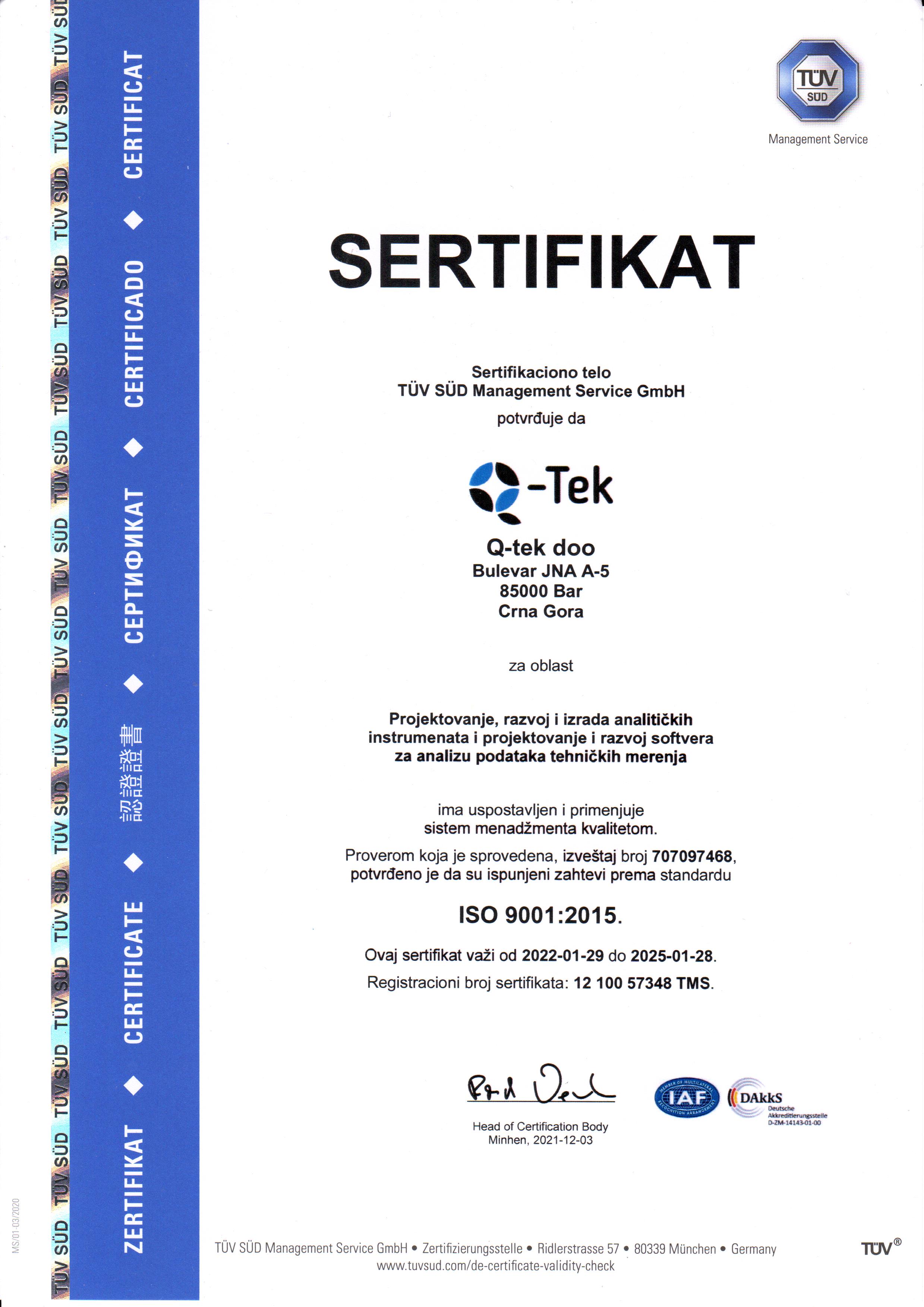The tool helps to shorten the time needed to develop SIM method for your Q-Tek GC-MSD. Entering data into SIM table can be a tedious task which is prone to operator’s errors. Besides, an unexperienced user may end-up in detector data acquisition parameters being far from optimal, thus, loose on detection limits and precision of the method. In this short overview we describe major steps of Q-Tek SIM Wizard® productivity tool procedure( fig. 1) , as well as outline some benefits an unexperienced user may get at the end. Those, who don’t need the tool may explicitly opt to switch it off by ticking the box in Q-Tek Analytic Software.
Fig. 1 Three major steps of Q-Tek SIM Wizard® productivity tool procedure
First, one must run a mix of standards containing all your target compounds in full scan mode in order to optimize chromatographic separation parameters. The top panel on the fig. 1 shows TIC of the Restek 8720 MegaMix Standard mix containing 76 compounds. That is the starting point for the Q-Tek SIM Wizard® to lead you to optimal SIM method that would be then ideal for quantitation of all the targets.
From there Q-Tek SIM Wizard® will take you through three steps to develop SIM method
Step 1. Peak autointegration and simultaneous extraction of clean spectra for each compound (fig 2)
Autointegration algorithm confidently defines peaks and makes effective spectral library search even on co-eluting peaks. A user may engage search through multiple libraries at the same time and this won’t affect the time it takes to identify compounds, as it works so fast one can check spectra of the background signal on-the-fly by just moving your mouse cursor along the TIC.
Fig. 2 STEP 1: Peak autointegration and simultaneous extraction of clean spectrum for each compound
Score remains high after background subtraction – thanks to proprietary SMART algorithm of library search and background subtraction.
On STEP 2: as soon as clean spectra have been extracted from the target peaks the ion masses automatically selected by the algorithm as the best SIM-candidates are flagged on the compound spectrum (fig. 3)
Fig. 3 STEP 2: Automatic selection of specific ions for SIM method.
At the same time the extracted ion chromatogram is displayed (see right bottom panel on fig.3) to control and verify the XIC peak purity, to make sure there is no interfering peaks present . If needed an operator may want to review the ion masses suggested by Q-Tek SIM Wizard® and confirm them or select different ones from the mass-spectrum. Q-Tek Analytic will offer a user ions from built-in proprietary library of recommended SIM masses for 500 compounds, which is included in the basic Q-Tek Software suite.
STEP 3: Q-Tek SIM Wizard® will split the TIC into time segments to ensure required number of points per a mass peak during the SIM acquisition (fig 4) thus finalizing the SIM method parameters.
Fig 4. STEP 3: Automatic set-up of SIM method time-segments and optimizing dwell-times.
Each time-segment would contain the least number of targets, as to increase method sensitivity resulting from longer dwell-time for each monitored compound in the given time-segment (see fig. 5)
The result is illustrated on fig.5
Fig. 5. iDwellTime algorithm results in selection of optimal time-fragments and dwell-times that are proposed to the user who looks for quick and best way to get to his SIM acquisition method .







